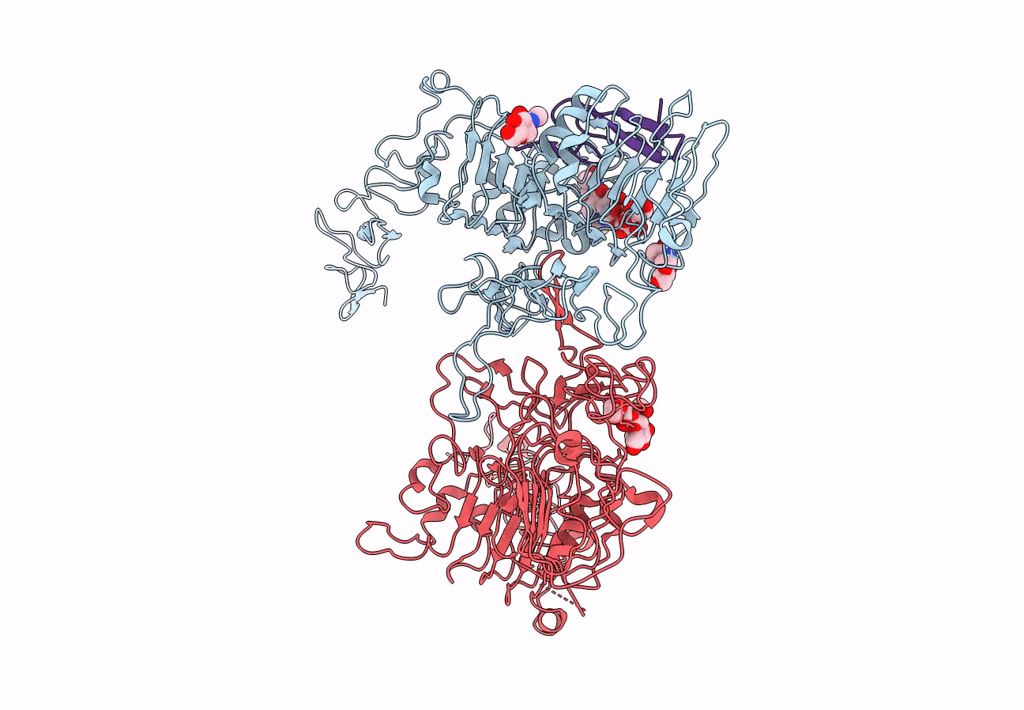
Deposition Date
2022-11-15
Release Date
2023-02-08
Last Version Date
2024-11-13
Method Details:
Experimental Method:
Resolution:
3.31 Å
Aggregation State:
PARTICLE
Reconstruction Method:
SINGLE PARTICLE


